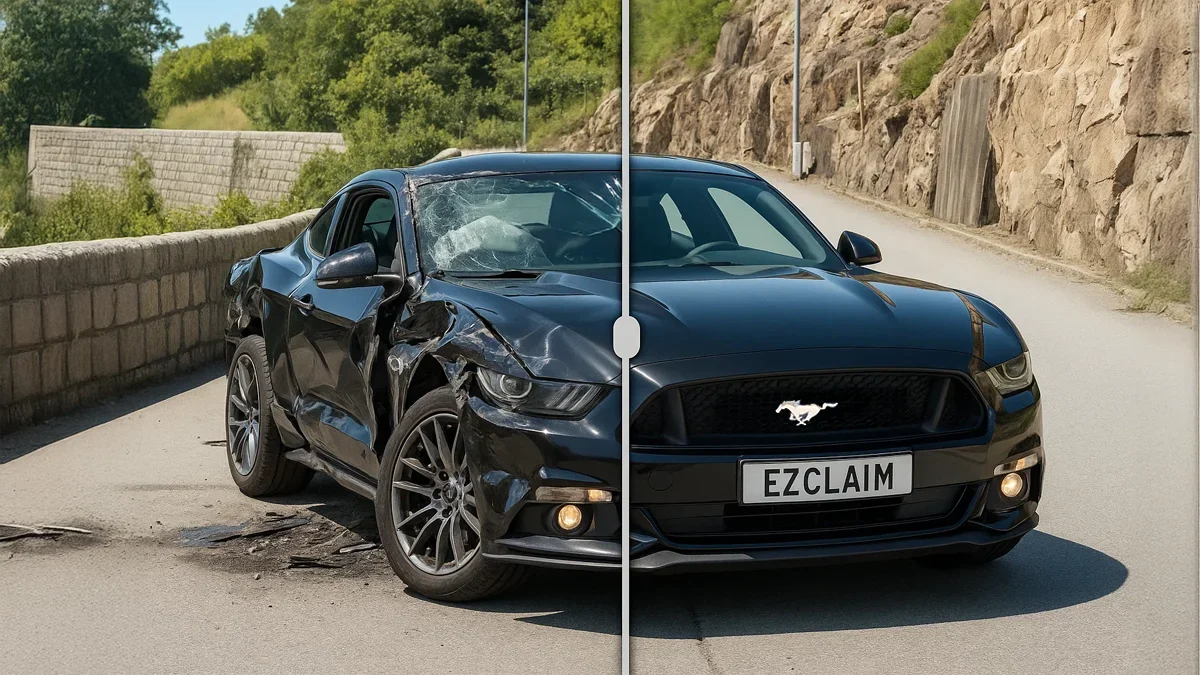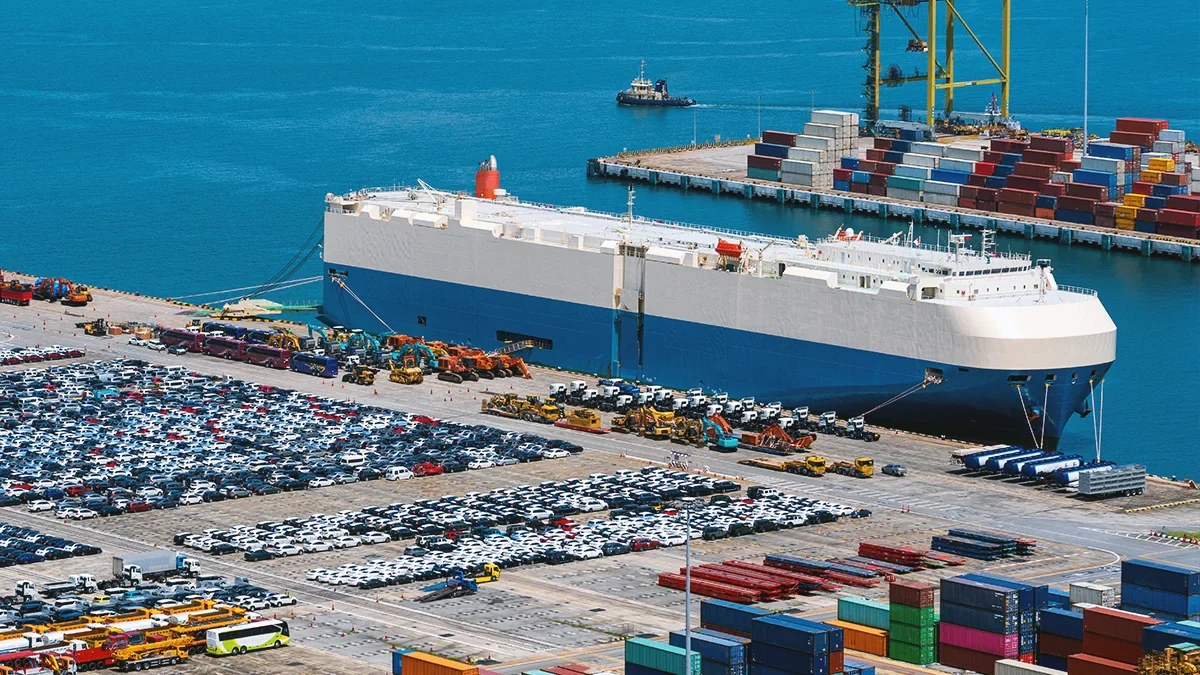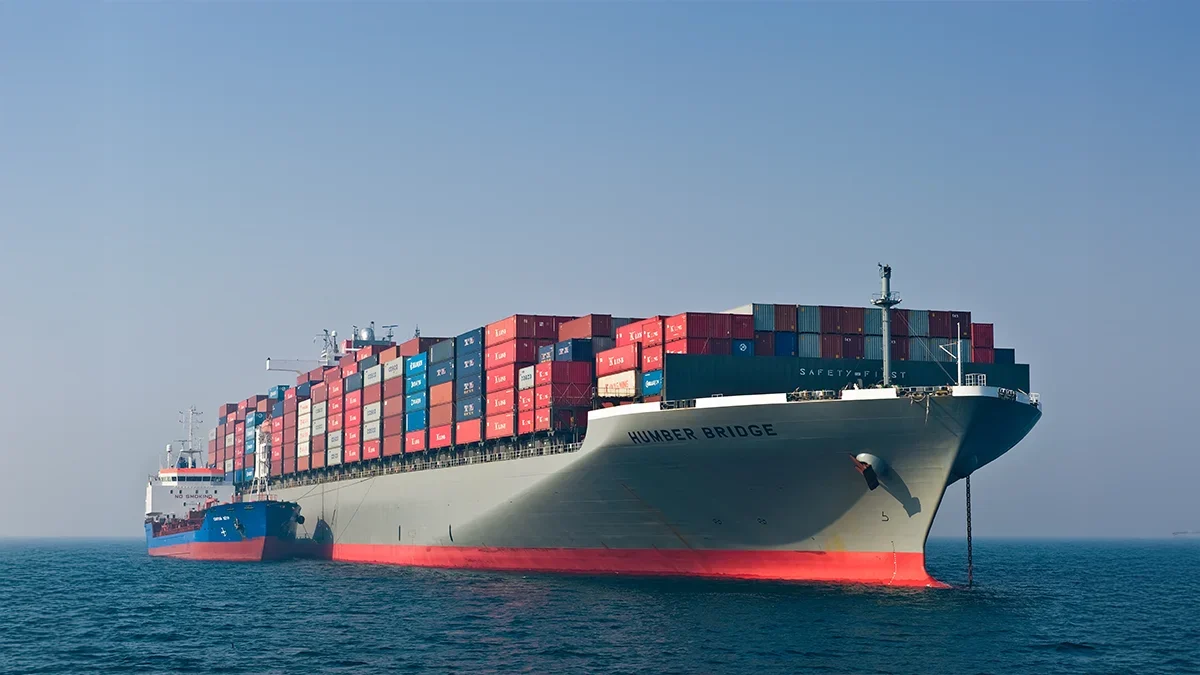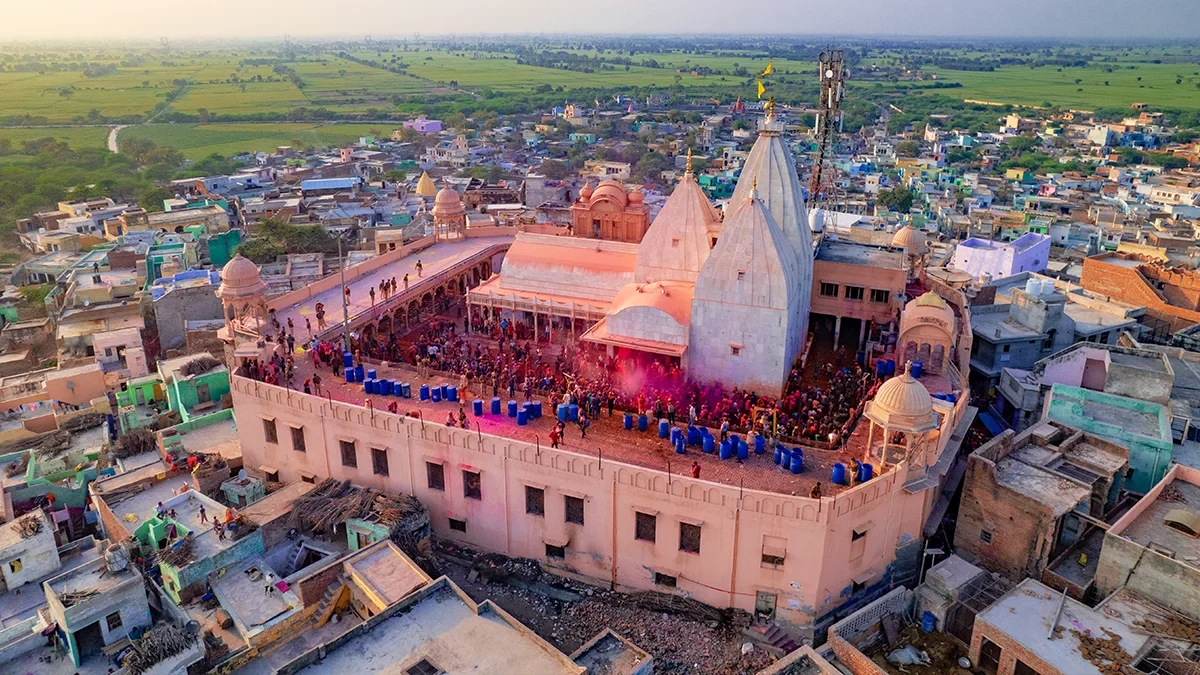(Re)in Summary
• Peak Re launched Black Kite II, a US$50m catastrophe bond covering earthquake and typhoon risks in Japan and introducing parametric earthquake protection for China and India.
• The bond marks a series of market firsts, including the first 144A cat bond to include India and the first multi-peril, multi-territory issuance by an Asian sponsor from an Asian domicile.
• Japan risks are covered using an industry loss trigger, while China and India use location-specific parametric triggers to reflect differences in data availability and market maturity.
• Black Kite II supports Peak Re’s regional growth and is designed to enhance solvency under Hong Kong’s risk-based capital regime
Reinsurers are increasingly looking beyond traditional reinsurance treaties and towards insurance-linked securities (ILS) to unlock new pools of funding for risk. The latest example, out of Hong Kong, underlines the regional evolution towards facilitating more sophisticated risk-transfer mechanisms.
Peak Re announced its latest issuance on April 29, a US$50m catastrophe bond issued in Hong Kong that covers Japan, China and India. The issuance is the second through Black Kite Re Limited (series 2025-1) and is commonly referred to as Black Kite II.
Black Kite II is unique in that it blends multiple triggers and territories. It provides cover for earthquake and typhoon risks in Japan and earthquakes in mainland China and India.
While at its core this second issuance is designed to shore up retrocessional protection for Peak Re, its broader significance may lie in its contribution to closing the region’s protection gap and supporting insurers in delivering catastrophe coverage in challenging markets.
“This is a capacity tool for Peak Re,” Iain Reynolds, Head of Third-party Capital at Peak Re tells (Re)in Asia. “It’s about providing capacity so that our clients can provide protection to their clients.”

Iain Reynolds
Head of Third-party Capital at Peak ReThis latest issuance stands out for several reasons: One is that it is the first multi-peril, multi-territory issuance by an Asian sponsor from an Asian domicile.
Black Kite II is also the first 144A catastrophe bond to include India.
Another nuance is the technical innovation in the way triggers are calculated to access the additional funding. The ILS introduces a combination of parametric and industry-loss triggers, multi-peril protection and a broad (but Asia-focused) territorial scope.
“It’s unusual to get sort of a broad range of coverage that’s solely Asia,” said Reynolds. “And the mix of developed and developing markets in one deal is also quite new.”
It’s also the first time a Hong Kong Special Purpose Insurer (SPI) has been reused. Black Kite I was issued in June 2022 covering Japan typhoon losses on an industry loss trigger.
Built for Asia’s risk landscape
Black Kite II is technically ambitious.
The bond’s blend of industry-loss-triggered protection and parametric triggers reflects the varying levels of data maturity across markets. Japan’s consolidated non-life insurance sector allows for reliable industry-loss modelling, while in China and India, less historical catastrophe loss data and untested industry loss mechanisms make parametric triggers more viable.
“We carry that basis risk,” Reynolds said. “But we are reasonably confident that we are on top of the sort of event which could cause that kind of loss to us, and where we would want the cat bond to trigger.”
At the same time, the inclusion of India is a “significant step forward—not just for the ILS market, but for us. It’s a demonstration of our commitment to that market,” Reynolds said.

Sascha Bruns
Head of Retrocession at Peak ReSupporting growth in emerging markets
Peak Re’s strategic intent goes beyond balance sheet protection. The company views ILS capacity as a key enabler of growth in underserved markets where insurance penetration remains low.
“As an Asia-focused reinsurer, obviously our largest exposures are here in Asia,” said Sascha Bruns, Head of Retrocession at Peak Re. “When we started thinking about this cat bond, we thought, can we actually try and get India into the coverage? Because we’ve just opened a branch office in GIFT City there. There’s momentum for us to grow into that market—and this capacity enables that growth.”
GIFT City, the Gujarat International Finance Tec-City, aims to become a leading financial services hub.
Black Kite II fits into Peak Re’s broader capital strategy. It is layered above the firm’s traditional retrocessional protections and is calibrated to attach only in the case of large, infrequent losses. In Japan, for example, the bond triggers at US$15bn in industry typhoon losses, and US$50bn for earthquakes. These high thresholds ensure that the bond complements—rather than replaces—existing reinsurance layers.
At the same time, Black Kite II represents fresh capital and is not a renewal of the 2022 bond.
The hybrid trigger structure is notable. While parametric designs are not new in the ILS space, their integration alongside industry-loss mechanisms in a single bond, each tailored to local market dynamics (industry-loss in Japan, parametric in China and India), represents a blending of risk transfer tools.
“Where we think we understand what needs to be covered, we have built that into this parametric trigger mechanism,” Reynolds said.
“We know what sort of events we worry about, or where we think big losses can be triggered,” Reynolds said. “We think we know the earthquake risk reasonably well.”
The parameters that would trigger access to the bond capital for China and India include earthquake magnitude, location (latitude and longitude), and depth—with predefined thresholds that trigger payouts when events meet specific intensity and geography profiles.
In China, the focus is on locations like Sichuan and Chongqing in the west and areas in the northeast such as the Beijing-Tianjin-Hebei region. In India, it’s mostly the Himalayan belt and parts of the western state of Gujarat. This location-specific calibration allows Peak Re to focus the parametric triggers on zones of highest exposure, aligning capital market coverage with its own risk portfolio.
Iain Reynolds
Head of Third-party Capital at Peak ReAsia’s ILS future
While Asia’s ILS market is still young, this latest issuance highlights the increasing viability of capital markets risk transfer in the region.
Hong Kong’s regulatory efforts have enabled transactions like Black Kite II to move forward quickly and efficiently.
Hong Kong has introduced a robust framework for the establishment of SPIs and launched a dedicated ILS Grant Scheme. Passed in 2021, legislative amendments to the Insurance Ordinance allowed the creation of SPIs to facilitate catastrophe bond issuance, aligning with international standards while offering regulatory clarity. The ILS Grant Scheme, introduced the same year and recently extended to 2026, subsidises up to 100% of eligible issuance costs.
These measures paved the way for the 2022 issuance of Peak Re’s inaugural Black Kite Re bond, which was the first 144A cat bond issued from Hong Kong. Reynolds, for one, noted that Hong Kong’s transaction ease is now “impressive”.
Singapore has also adopted regulatory reforms and put in place financial incentives to support the ILS market.
In 2018, the Monetary Authority of Singapore (MAS) introduced a dedicated framework for setting up special purpose reinsurance vehicles (SPRVs), enabling the domicile of catastrophe bond issuances and later complemented this with its ILS Grant Scheme, which subsidizes up to 100% of issuance-related costs such as legal, structuring and service provider fees.
Singapore’s first ILS transaction, sponsored by Insurance Australia Group in 2018, demonstrated the regime’s viability. Since then, the city-state has hosted several Asia Pacific-focused cat bonds, supported by favourable tax treatment and efforts to improve legal clarity for cross-border investors. These moves have positioned Singapore as a serious alternative to traditional ILS hubs like Bermuda and a leader in securitising regional catastrophe risks.













